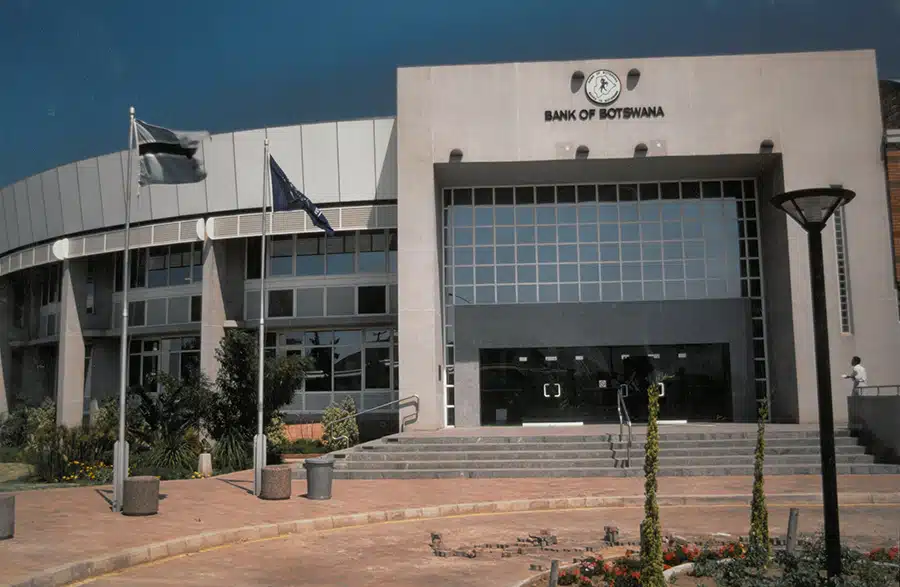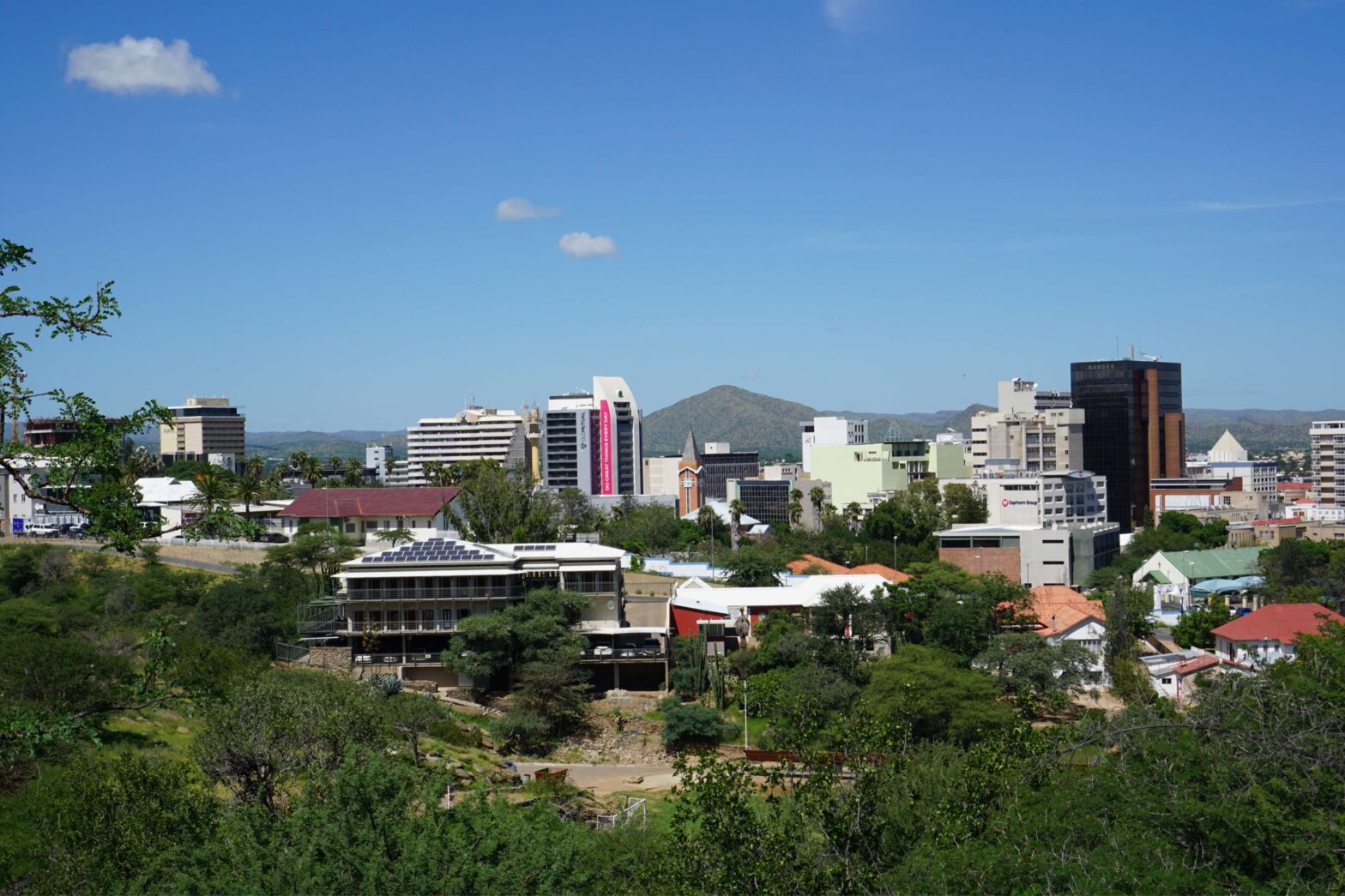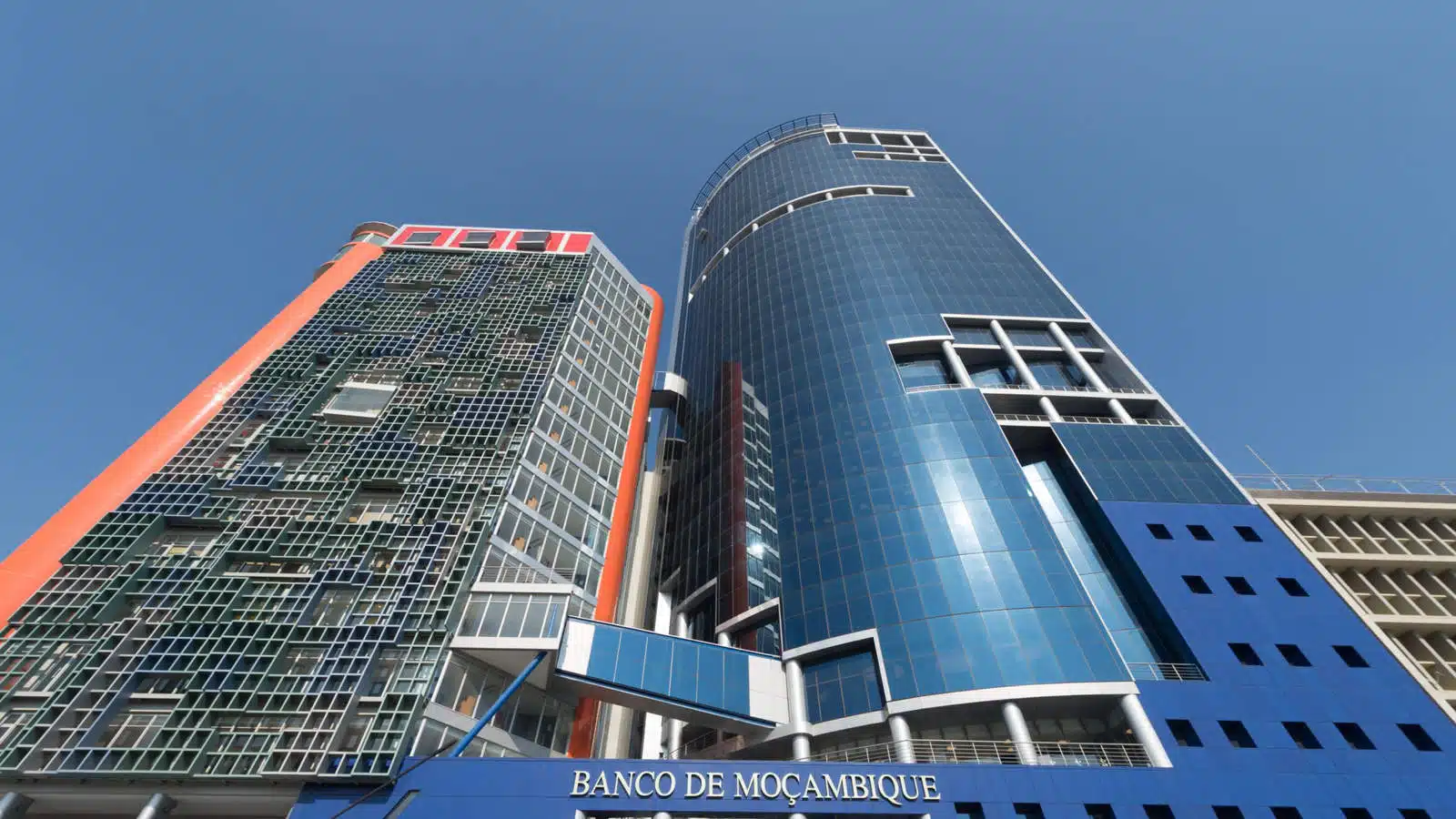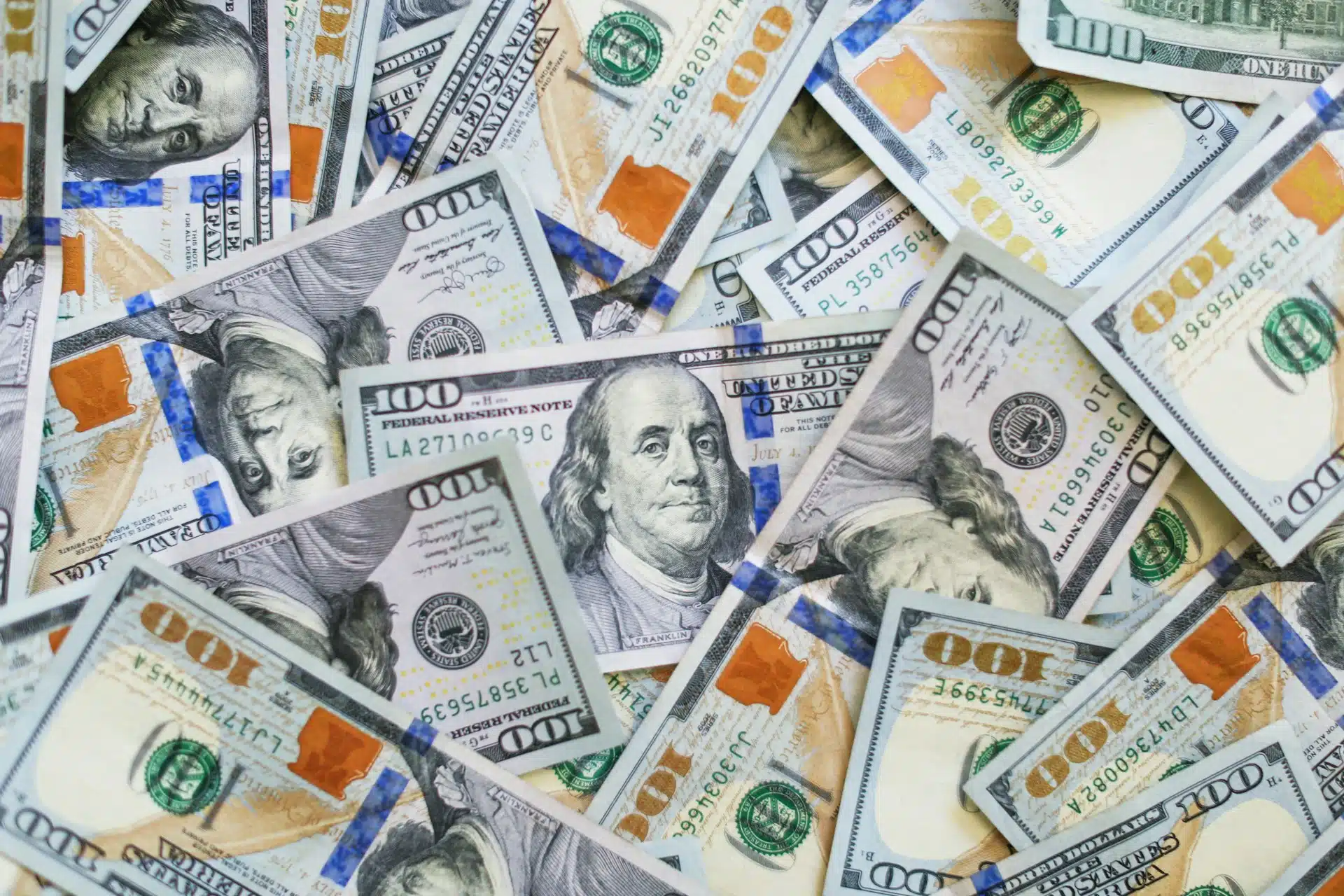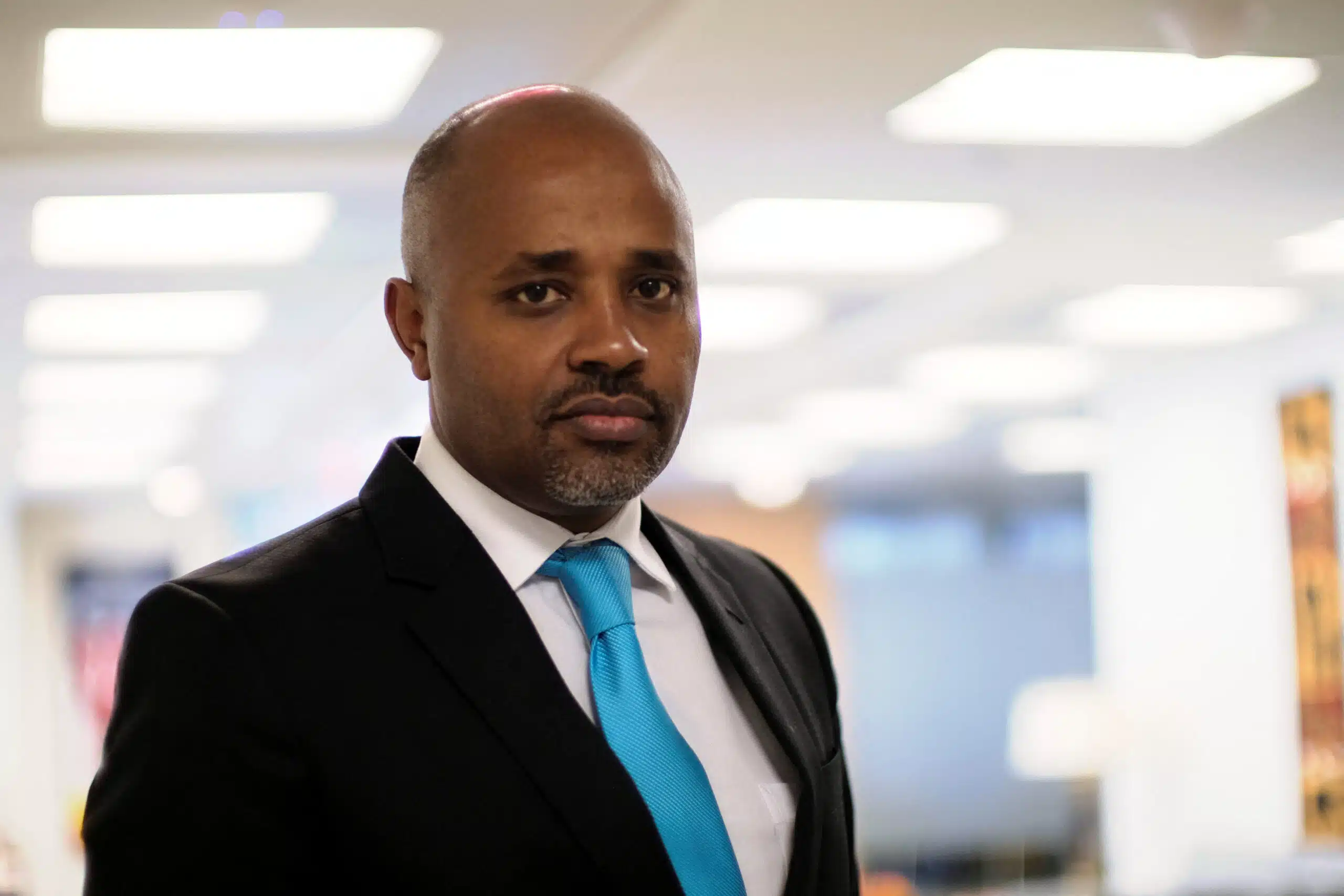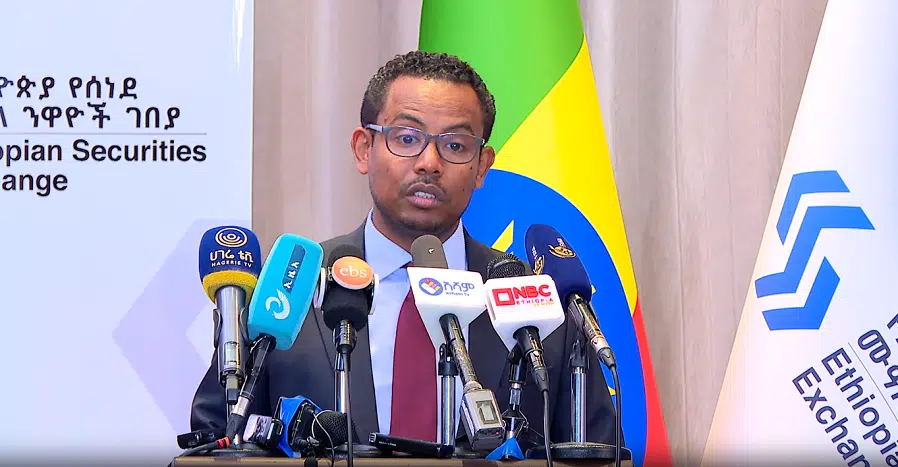To fairly assess President Tinubu’s two years in office, we need to compare the economic data from when he took over in May 2023 to the situation now in May 2025. The analysis is grouped under four areas: positive outcomes, negative trends, neutral developments, and the way forward.
Positive outcomes
The first two years of Tinubu’s tenure have been mixed, but there are some positives across key areas:
Gross Domestic Product (GDP), foreign reserves and FPIs
The economy saw better growth, moving from 2.74% in 2023 to 3.40% by the end of 2024. This improvement came mainly from growth in services, telecoms, and a recovery in oil production.
Nigeria’s foreign reserves grew from about $35.7 billion in May 2023 to around $40.2 billion in May 2025, helped by better oil revenue and a halt in defending the naira with dollars.
FPIs bounced back strongly, increasing from $5.3 billion in 2023 to over $13.3 billion in 2024. This was driven by more openness in the exchange rate and clearer fiscal policies.
Oil production and credit rating
Oil production rose from 1.4 million barrels per day in mid-2023 to about 1.8 million barrels per day in 2024, supported by improved security and joint ventures in the Niger Delta.
Nigeria’s credit rating outlook was upgraded by Moody’s and Fitch from “stable” to “positive,” largely due to reforms like subsidy removal and better public finance management.
Tight fiscal controls and a decline in Central Bank overdrafts (Ways and Means)
The federal government stopped borrowing to pay salaries or fund petrol subsidies, relying more on tax revenue and reducing waste, which improved budget discipline.
The use of Ways and Means dropped from over $13 billion in 2023 to under $1.8 billion by early 2025, signalling a return to more normal monetary policy.
Monthly allocations rose from around $440 million in 2023 to about $722 million in 2024 and 2025, helping states pay debts, raise salaries, and fund infrastructure projects.
Trade surplus, investor confidence and capital spending
Nigeria recorded a trade surplus of about $1.2 billion in Q4 2023, continuing into 2024, due to stronger oil and gas exports and lower import demand.
Global firms like JP Morgan and Shell expanded or returned, and the Nigerian stock market hit new highs, with the All-Share Index crossing 100,000 points for the first time in 2024.
Capital spending increased from approximately 30% of the national budget in 2023 to over 43% in 2024, marking a shift from consumption to investment in infrastructure and development.
Negative outcomes
Rising Inflation
Inflation worsened, rising from 22.41% in May 2023 to 33.95% by May 2024 — the highest in over two decades — driven by naira depreciation, fuel price hikes, and high transport costs.
Food prices surged from 24.82% in 2023 to 40.66% by mid-2024. Staples like rice, yam, bread, and tomatoes became unaffordable for many households.
Soaring debt
Public debt rose sharply from about $48 billion in 2023 to over $76 billion by early 2024, due to new borrowing, exchange rate losses, and interest payments on older loans.
Debt servicing consumed around 74% of government revenue in 2024, limiting funds for education, healthcare, and development projects.
Also read: Fresh $2.2bn World Bank loan to push Nigeria’s external debt to new highs
FDI dropped from $1.87 billion in 2023 to $1.08 billion in 2024, as foreign investors remained cautious due to concerns about insecurity and infrastructure gaps.
Neutral or mixed developments
Exchange rate reforms
The naira shifted from a fixed to a market-based exchange rate system, weakening from ₦460 per dollar in May 2023 to about ₦1,900 per dollar in early 2024, then stabilising between ₦1,200 and ₦1,400 by mid-2025. While it reduced arbitrage, it also made goods more expensive.
Naira stability
By Q2 2025, the naira settled near ₦1,300 per dollar, thanks to improved dollar inflows and reduced Central Bank interference. However, its value remains far weaker than two years ago.
Fuel subsidy removal
Removing the fuel subsidy in June 2023 saved over $4 billion annually and increased state revenues through FAAC. However, the petrol price rose from around $0.40/litre to over $1.20/litre, sparking protests and contributing to inflation.
Social support package
A $943 million intervention was launched with cash transfers, food relief, grants for small businesses, and school feeding pilots. Despite good intentions, delivery challenges limited its impact, especially in rural areas.
The way forward
President Tinubu’s administration has introduced a series of reforms aimed at addressing Nigeria’s deep-rooted economic challenges, from subsidy removal to exchange rate adjustments and renewed fiscal discipline.
While these measures are designed to stabilise the economy over time, they have triggered immediate hardship, especially among low-income households.
The government has signalled intentions to expand social safety nets, create jobs through small business support, and invest in agriculture and infrastructure.
Improved public communication and stronger security are also being positioned as part of the recovery strategy. Still, it remains to be seen how these efforts will play out in practice — and whether they can ease public discomfort while steering the country toward sustainable growth.



